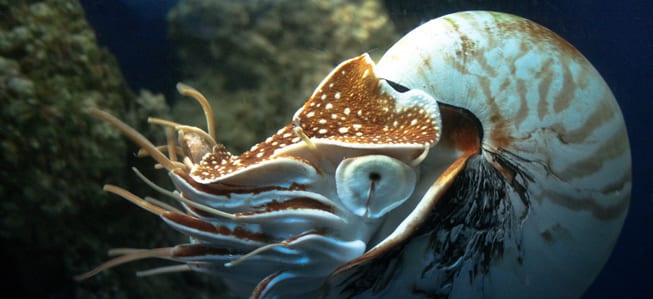Stretchable surfaces from Cornell are made of extensible silicone with inextensible mesh that can instantly transform from a flat sheet to a 3D shape.
Benefits
- Flexible
- Reversible
- Shape-shifting
Applications
- Robotics
- Medical implants
UN Sustainable Development Goals Addressed
-

Goal 9: Industry Innovation & Infrastructure
The Challenge
Inflatable objects like balloons typically form unchangeable shapes. For example, taking a round balloon and reshaping it into a box is nearly impossible. This inability to change shapes results from a lack of order and control within the elastic base material.
Innovation Details
The stretchable surface is called a “Circumferentially Constrained and Radially Stretched Elastomer,” abbreviated as CCOARSE. It is made of a laser-cut rigid mesh attached to a stretchable silicone elastomer. The rigid mesh constrains the overall material to a targeted shape when the whole material is inflated.


Biomimicry Story
Some animals such as cephalopods use soft tissue to change shape reversibly, helping them hide or manipulate objects. Cephalopods have conical papilla with strong erector muscles. These muscles create forces that pressurize and stretch the animal’s tissue in different directions, enabling them to embody a variety of shapes.





